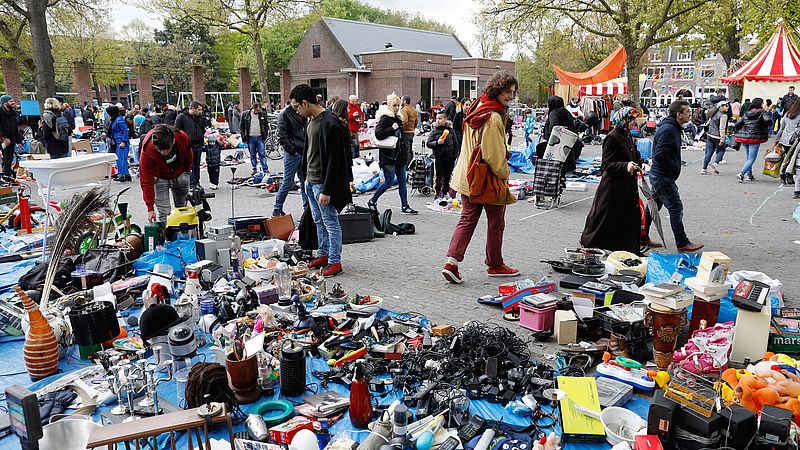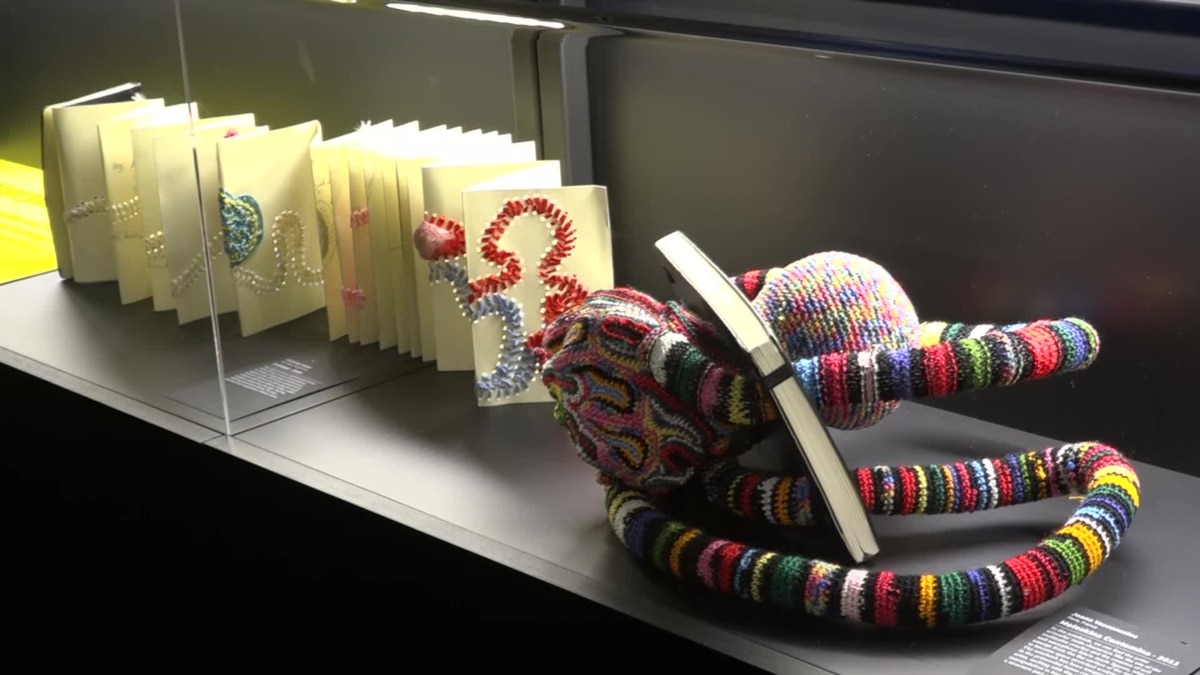They were canceled for over 2 years because of corona, but flea markets are back. As before, it is very busy. And it’s no longer just bargain hunters and collectors walking around.
Every month dozens of flea markets take place throughout the country. You can often walk over their heads. What explains that popularity? Two fervent visitors and two flea market organizers about the charm of these trade breeding grounds.
Wonder at flea market
Manfred from Eindhoven is a regular visitor. He’s been trying to go to a flea market every week for years. To ensure that he does not buy too much stuff, he has made regular agreements with the home front. “I am always amazed at the flea market. Not only about the stuff, but also about the behavior of other people.”
And whether special things sometimes happen around the flea market, he says. “Recently I saw a salesperson trying to convince a child that the helmet he was selling was from World War II. It didn’t. The price was absolutely disproportionate to the value. I was amazed that a grown man could wear a child was so messed up.”
‘You won’t find that in the store’
But a flea market is really not just cheating each other, says Manfred immediately. “No, I am most amazed by the variety of items. For me as a collector that is great.”
He tries to pass that collection on to his family. His daughter-in-law, for example, is studying medicine. “Yes, then I like to buy a skeleton at the flea market. You won’t find anything like that in the store. And it’s nice to see the same amazement with her as with me.”
also watch
The element of surprise
Eric van Aerle annually organizes about 110 flea markets throughout the country. His office has been doing this for over 50 years. Did the corona crisis cut it? Not at all, he says. “It’s at least as busy as before.”
This popularity is mainly due to the ‘surprise element’, as Van Aerle calls it. “That remains the charm of a flea market. You don’t know what you are looking for until you find it, is the motto here.”
New target group
It has always been busy. “Traditionally with collectors who scour the markets and are looking for something specific. But also with bargain hunters and day trippers who like to rummage through things.” Although it often concerns things that are decades old, he does not think the flea market is old-fashioned at all.
He points out that in the last 10 years a new target group has emerged: often younger people who are looking for vintage items. “Think of clothing from the 1970s, but also knick-knacks from that time. A revolving ashtray, for example.” No wonder that the largest vintage market in Europe takes place every year in the Jaarbeurs in Utrecht, he says. “With about 2000 sellers, unprecedented.”
also watch
Escape from reality
49-year-old Danny Post from Schiedam fits that target group. He visits several flea markets every week. “That has been part of it from an early age, when I went with my father as a child. The adventure appeals to me very much. You never know what you will come home with.”
“But it’s also a kind of escape from reality,” he explains. “We live in a troubled time. I notice that I really enjoy creating a nice world around me with vintage. Of course it helps that I have a preference for old stuff.” On his blog and Instagram channel he tries to convey that love to his followers.
Aware of waste mountain
He agrees that a new target group has emerged at flea markets. “Certainly the last 10 years with people who are more aware of our waste mountain.” He saw that mountain of waste up close when he worked at a clothing sorter. “That was shocking, so big. From then on I decided: I only wear second-hand clothes, except for underpants and socks.”
According to him, garments from before the year 2000 are of much better quality. “Now clothes are no longer made to last. Moreover, people want to distinguish themselves with vintage clothing and furniture. They are looking for authenticity in a society where we are made into one-size-fits-all.”
–
Free market fits with awareness
They also see the new group coming to the stalls at the Supervlooi in Leeuwarden, one of the largest flea markets in the Netherlands. “There is more criticism of the consumer culture. The free market fits in with the trend of awareness of the planet, by giving products a second life,” says a spokesperson.
Incidentally, according to the spokesperson, that is by no means the only explanation why flea markets are so popular. The price of the items offered also plays a role. “They are much cheaper than new products from the store. And most of it at flea markets is still in good condition.”
Families with a small purse
In addition to environmentally conscious buyers, a large part of the visitors to the Supervlooi consists of families with a small budget. “They see the flea market as an opportunity to buy cheap clothes or toys for the kids.”
But you can also do that at a thrift store, right? “We often get feedback from our visitors that they would rather be here than in a thrift store. The prices are just a bit higher there.” flea market fan Manfred agrees. “The prices are fixed in a cycle. Not at a flea market. It makes it extra fun to haggle.”
–


